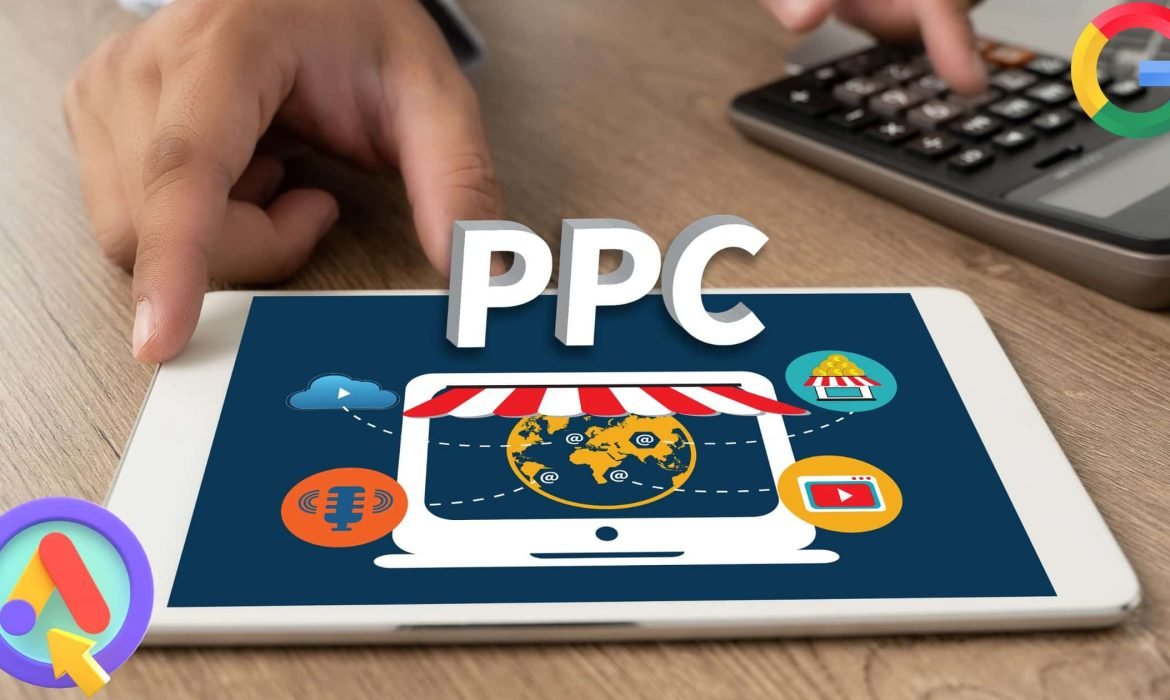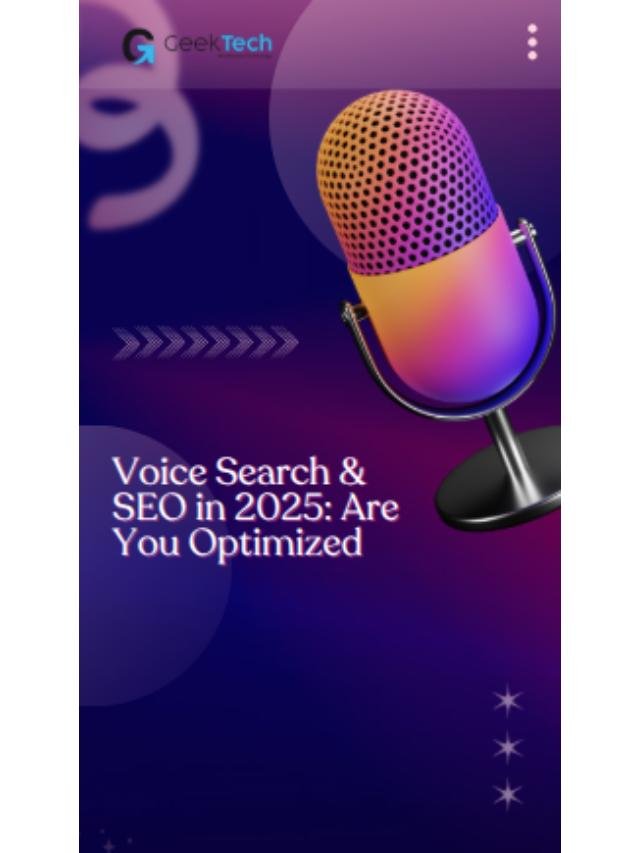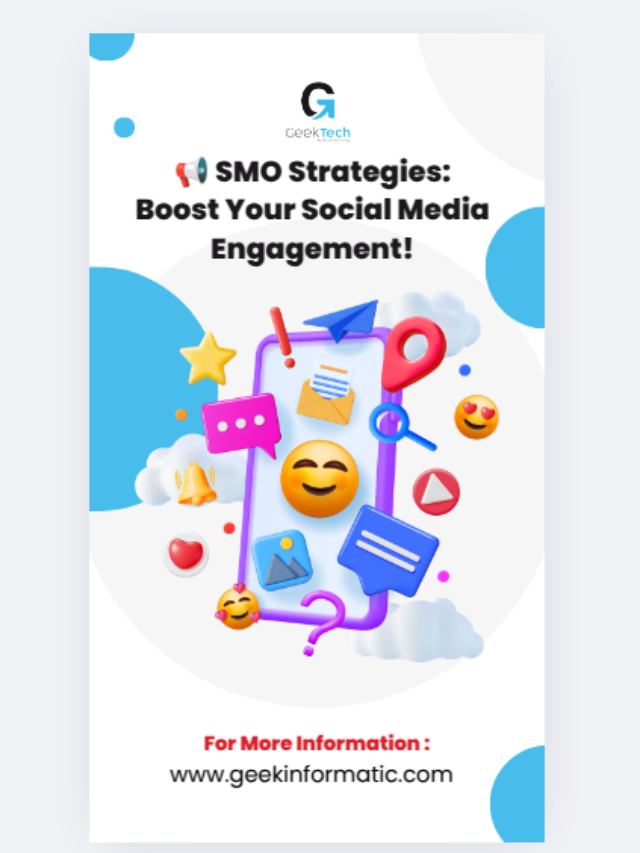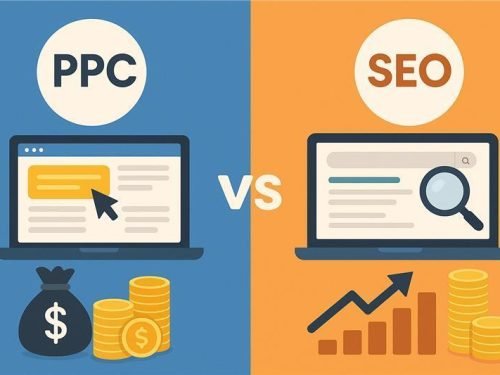Many advertisers waste money without even realizing it. You might be targeting the wrong audience or bidding too high. These errors add up and hurt your return on investment. Avoiding such mistakes is key to making your ads profitable. In this blog, you will learn about Google Ads mistakes to avoid and how to fix them. It will cover your common pitfalls with practical solutions.
10 Costly Mistakes That Are Draining Your Google Ads Budget
1. Targeting Too Broad Audience
If your ads reach people who have no interest in your product, you waste money. Broad targeting increases costs without conversions. Many businesses make these mistakes in ads by targeting wide locations, thinking they will reach more potential customers. However, this often leads to irrelevant clicks and drives up costs without increasing sales.
A broad audience means you are paying for impressions and clicks that won’t convert. If your business sells specialized products, targeting a general audience may not yield quality leads. You need to refine your strategy to reach the right people.
How to Fix It
- Use location targeting to focus on relevant areas.
- Narrow your audience by using specific keywords.
- Use in-market and affinity audience targeting.
- Test different audience segments.
- Use detailed demographic data to fine-tune your targeting.
2. Ignoring Negative Keywords
Negative keywords prevent your ads from showing for irrelevant searches. Without them, your budget goes to wasted clicks. Many advertisers forget to regularly update their negative keyword lists, leading to unnecessary expenses.
If you sell leather purses, and your ad is coming up in the plastic bottles section, then it’s more likely to be getting random clicks. Without negative keywords, you’re likely to get traffic with no intention of buying.
How to Fix It
- Find irrelevant search terms in your reports.
- Add them to your negative keyword list.
- Keep updating the list to refine targeting.
- Use broad match negatives to filter out unwanted traffic effectively.
- Avoid common negative keyword mistakes in ads, like blocking useful search terms.
- Check Google’s keyword planner for suggestions on what to exclude.

3. Poor Keyword Match Types
Using only broad matches can make your ads appear for unrelated searches. This leads to wasted ad spend. Broad match is useful in some cases but should be used with caution, as it often results in irrelevant traffic.
Using the correct match type allows you to manage where and how your adverts are displayed. These are the typical Google Ads mistakes to avoid.
How to Fix It
- Use phrases and exact-match keywords.
- Test different match types for better control.
- Monitor search terms regularly to adjust keywords.
- Combine broad match with smart bidding to improve performance.
- Avoid using only one match type to balance your keyword strategy.
- Use Google’s search query report to see what users are searching for.
4. Not Using Ad Extensions
Ad extensions improve visibility and engagement. Without them, your ad may not stand out. Many advertisers skip Google ad extensions, and they miss out on valuable real estate in search results.
Extensions make your ads more informative and engaging. This increases your chances of getting clicks and conversions. Google Ads mistakes can be avoided by incorporating extensions.
You can also go through our Web stories to get more insights on Digital Marketing
How to Fix It
- Use site link extensions to add extra links.
- Add callout extensions for important details.
- Use structured snippets to highlight features.
- Try call extensions to encourage phone calls.
- Regularly update your extensions for relevance.
- Use price extensions if you have products with competitive pricing.
5. Writing Weak Ad Copy
Your ad copy needs to grab attention. If it’s boring or unclear, people won’t click. Poor ad copy results in low click-through rates and wasted impressions. It is necessary to rectify these PPC mistakes quickly so that you can run better ads. A compelling ad should highlight your unique selling points and include a strong call to action.
How to Fix It
- Use clear, persuasive language.
- Highlight unique benefits.
- Test different headlines and descriptions.
- Use strong calls to action to drive engagement.
- Avoid using generic phrases that do not differentiate your brand.
- Use emotional triggers to make your ads more persuasive.
6. Ignoring Mobile Optimization
Many users browse on mobile. If your ads or landing pages don’t work well on mobile, you lose conversions. Mobile users expect fast and without interruption experiences. If you fail to optimize for them, it can be costly.

How to Fix It
- Use responsive landing pages.
- Ensure fast loading times.
- Test ads on different mobile devices.
- Keep forms short and easy to fill out.
- Make sure CTA buttons are easy to tap.
- Optimize images and videos to load quickly on mobile.
7. Overlooking Conversion Tracking
Without tracking, you don’t know which ads work. You might keep spending on underperforming campaigns. Many businesses run ads blindly without measuring results. These mistakes in ads repeatedly affect your revenue. So, tracking your ad performance should be your top priority.
How to Fix It
- Set up Google Ads conversion tracking.
- Link Google Analytics for deeper insights.
- Regularly check data to adjust campaigns.
- Track micro-conversions like form submissions and phone calls.
- Use UTM parameters to track campaign performance accurately.
- Monitor return on ad spend to optimize campaigns.
8. Setting the Wrong Bidding Strategy
Google AdWords problems cost you big when using the wrong bidding strategy. It leads you to high costs and low returns. That is why manual bidding may not always be the best choice. Many advertisers set bids too high or too low without a proper strategy, and that also affects your strategy.
How to Fix It
- Test automated bidding strategies.
- Adjust bids based on conversion data.
- Monitor cost-per-click (CPC) to optimize spending.
- Use bid adjustments for different devices and locations.
- Regularly review your bidding strategy to align with goals.
- Experiment with target CPA or target ROAS bidding.
9. Forgetting to A/B Test Ads
If you run only one version of an ad, you miss chances to improve performance. Many advertisers stick with one ad format without testing alternatives. This leads to PPC mistakes that prevent optimization and better engagement.
How to Fix It
- Create at least two variations of each ad.
- Test different headlines, descriptions, and CTAs.
- Analyze performance and keep the best ads.
- Experiment with different display URLs.
- Rotate ads evenly for accurate testing.
- Use Google Ads’ responsive search ads to test multiple headlines automatically.
10. Neglecting Landing Page Experience
A bad landing page leads to high bounce rates and wasted ad spend. If users click on your ad but leave instantly, your money is wasted. Poor landing pages create a disconnect between the ad promise and the user experience. This leads to mistakes in ads that reduce conversions.
How to Fix It
- Ensure pages load quickly.
- Make them mobile-friendly.
- Keep messaging consistent with the ad copy.
- Remove unnecessary distractions from landing pages.
- Use heatmaps to analyze user behavior and improve the layout.
- Optimize call-to-action placement for higher engagement.
Conclusion
Spending money on Google Ads without proper strategy leads to waste. By fixing these PPC mistakes, you can maximize results. Avoiding these mistakes in ads helps you target the right audience and improve conversions. Now that you know what’s draining your budget, take the right actions. Apply these fixes and watch your Google Ads become more profitable! To run your PPC ads smartly, partner with Geek Informatic & Technologies Pvt. Ltd.

















